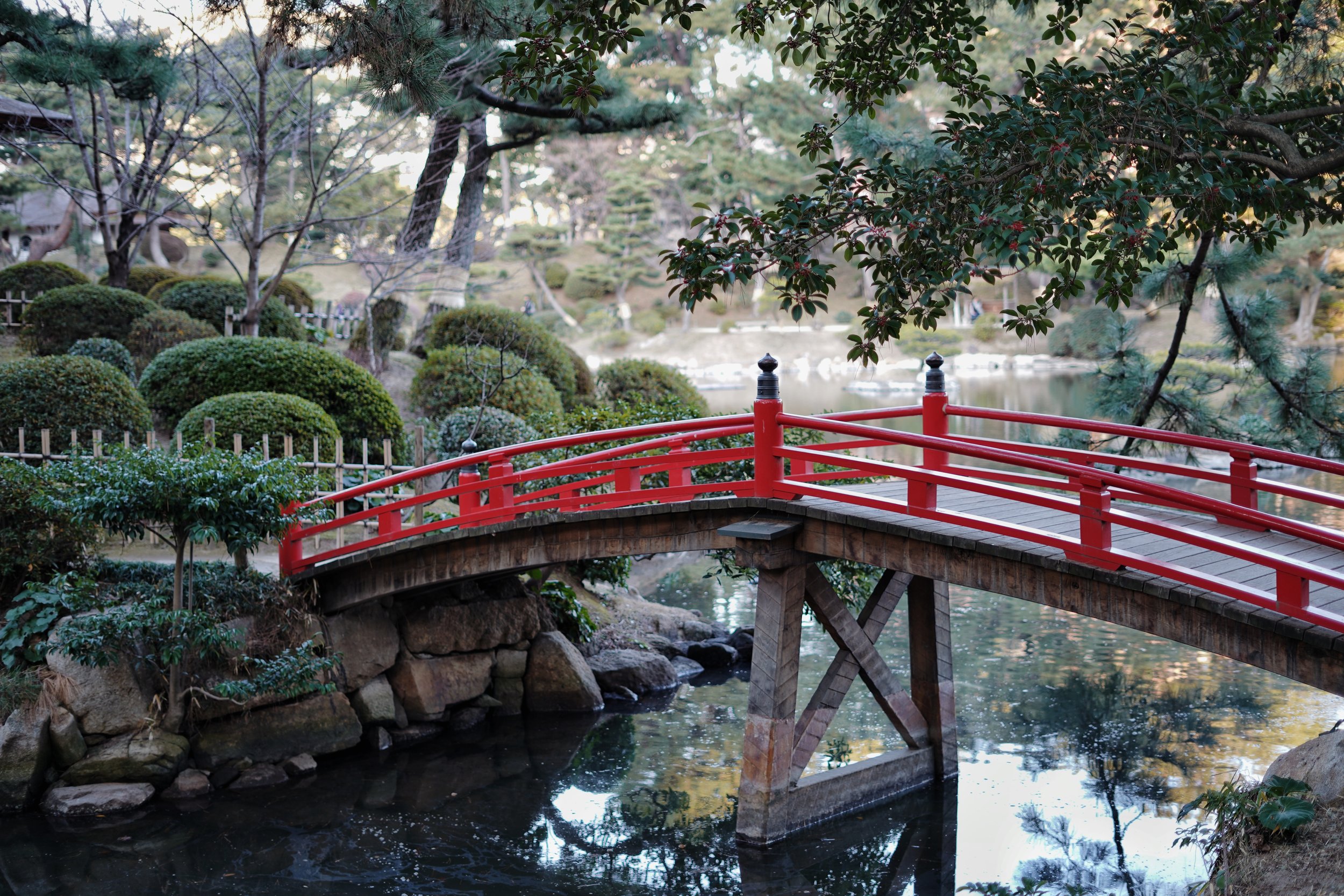Storytelling > Sacred Waters
Sacred Waters
At the heart of Varanasi, the Ganges flows like a lifeline, drawing millions of Hindus to its banks. Here, life and death converge in a daily ritual, where devotees seek purity, peace, and connection to the divine.
The Ganges River is more than just a waterway—it’s a lifeline for millions of Hindus, symbolizing life, death, and renewal. Each morning in the northern Indian city of Varanasi, people descend most of the 88 ghats (series of steps) from the city to bathe, meditate, offer prayers, and seek spiritual cleansing in the river’s waters. These daily rituals connect individuals not just to their faith but to the natural world that sustains them.
Not far away, the final two ghats tell a different story. Here, funeral pyres burn continuously and cremate around 200 bodies each day. Their ashes are released into the Ganges. For many, this is a final journey, where the deceased are believed to attain spiritual liberation, breaking free from the cycle of rebirth. Meanwhile, their surviving family members must walk around the pyre five times, avoid crying, and shave their heads soon after as an expression of mourning.
In Varanasi, the Ganges connects everything. It’s a place where life and death meet, where rituals of purification and farewell happen side by side, reflecting a deep bond between the people and the river.
Behind-the-scenes
Creating this photo series involved capturing the depth of rituals at the ghats, dealing with increasing crowds and busy boat traffic. It required patience and careful framing to highlight the communal yet supremely personal moments. One narrative challenge was conveying the spiritual significance of the Ganges without exoticizing it, and that linked to an ethical concern—as people were engaging in rituals, including the cremation of loved ones, I wanted to respect their privacy and remember my place as an outsider.
From this process, I reflect on respect and ignorance. I was a foreigner in more ways than one, barely scratching the surface of understanding. The project reinforced that storytelling, especially in such a culturally rich environment, is about more than just capturing images—it’s about grasping the layers of meaning behind them.
Related stories
-

More sacred waters on the border of Zambia and Zimbabwe.
-

A Japanese approach to manipulating nature.
-

Millennia of human presence in the southwestern United States.
Storytelling has the power to drive change.
Let’s work together to tell the stories that matter most.






